What are the Best Scenarios for TikTok’s Revival?
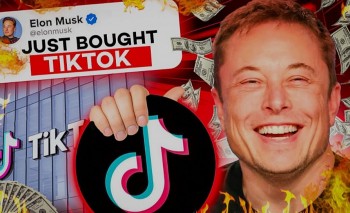 Elon Musk Buying TikTok: 'Pure Fiction'! Elon Musk Buying TikTok: 'Pure Fiction'! |
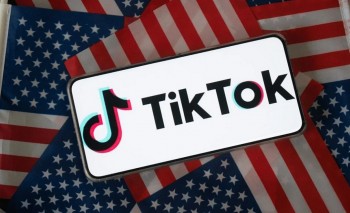 Tiktok Shut Down: What is Happening to 170 Million U.S Users? Tiktok Shut Down: What is Happening to 170 Million U.S Users? |
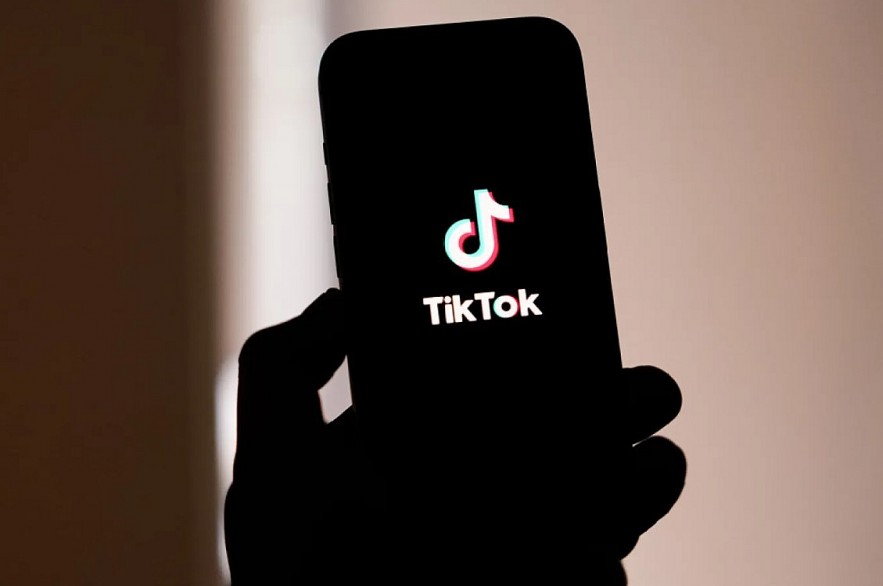 |
| TikTok Shuts Down in the U.S. and What Happens Next |
On January 19, TikTok officially shut down its services in the United States, marking a pivotal moment in the ongoing saga between the app’s Chinese parent company, ByteDance, and U.S. lawmakers. With over 170 million American users, TikTok’s closure leaves a void in the digital landscape, raising questions about its future, potential political interventions, and the broader implications for social
Why Did TikTok Shut Down in the U.S.?
The shutdown stems from national security concerns raised by U.S. lawmakers and regulatory agencies. Critics argue that ByteDance, TikTok’s Chinese parent company, could potentially share U.S. user data with the Chinese government under China’s cybersecurity laws. These fears have been amplified by the broader U.S.-China rivalry over technology and influence.
Despite TikTok’s assurances that it stores U.S. user data in servers located outside of China and has implemented measures to safeguard user privacy, these efforts failed to quell bipartisan concerns. A U.S. law banning TikTok went into effect on January 19, forcing the company to make its services temporarily unavailable in the country.
Donald Trump’s Role: Could He Save TikTok?
Former President Donald Trump played a significant role in bringing TikTok under scrutiny during his administration. In 2020, he signed executive orders to ban the app unless ByteDance sold its U.S. operations. His actions spurred negotiations between ByteDance and potential buyers, including Oracle and Walmart, but these talks ultimately stalled due to legal challenges and political gridlock.
As of now, Trump’s ability to directly intervene in the current situation is limited. However, his legacy in shaping the debate around TikTok’s ownership continues to influence lawmakers and policymakers. Some speculate that his endorsement or pressure on certain parties could reignite discussions about a potential sale or compromise. Whether Trump actively steps in or remains a background influence, his role in TikTok’s history is undeniable.
Best-Case Scenarios for TikTok’s Revival
While the app’s shutdown marks a significant setback, several pathways could lead to its revival in the U.S. These include:
1. A Negotiated Settlement
TikTok and ByteDance could reach an agreement with U.S. regulators to address national security concerns. This might involve:
- Moving more U.S. user data to domestic servers.
- Allowing third-party audits of the company’s data practices.
- Creating a U.S.-based subsidiary with operational independence from ByteDance.
If such an agreement is reached, TikTok’s services could resume within weeks or months.
2. Sale of U.S. Operations
Another possibility is a complete or partial sale of TikTok’s U.S. operations to an American company. Oracle and Walmart, previous contenders in 2020, might renew their interest, but any deal would need to overcome complex legal, financial, and geopolitical hurdles. A successful sale could see TikTok restored in the U.S. within six to twelve months.
3. Legal Intervention
TikTok’s parent company is likely to challenge the ban in court. If successful, a temporary injunction could allow TikTok to resume operations while legal proceedings continue. This would buy ByteDance time to negotiate a long-term solution.
What Happens to Users and Creators in the Meantime?
For millions of U.S. users, TikTok’s shutdown represents a loss of a beloved platform for entertainment, education, and community. The impact is particularly severe for content creators and influencers who rely on TikTok for income and engagement.
1. Migration to Other Platforms
Many creators are moving to alternative platforms such as Instagram Reels, YouTube Shorts, and Snapchat Spotlight. However, these platforms lack some of TikTok’s unique features, such as its advanced algorithm for personalized content discovery and its vast library of user-generated sounds.
2. Disruption of Businesses
Businesses that depend on TikTok for marketing are scrambling to adapt. TikTok has been a powerful tool for brands to reach younger audiences and drive viral campaigns. The shutdown forces many to pivot their strategies, often at increased costs.
3. Grassroots Advocacy
Supporters of TikTok have launched online campaigns to oppose the ban. Hashtags like #SaveTikTok are trending, with users urging lawmakers to reconsider the decision. Petitions and social media protests highlight the app’s importance as a cultural and economic force.
The Worst-Case Scenario
The worst-case scenario for TikTok involves a permanent ban in the U.S., with no viable pathway to resuming operations. This would not only eliminate a major platform for American users but also have broader implications for global tech policy.
1. Broader Crackdowns on Foreign-Owned Apps
A permanent ban could set a precedent for further restrictions on foreign-owned apps, leading to increased fragmentation of the global internet.
2. Financial Losses for ByteDance
Losing access to one of its largest markets would significantly reduce TikTok’s valuation and global influence. ByteDance could face pressure from stakeholders and investors, further complicating its business operations.
3. Damage to U.S.-China Relations
TikTok’s ban would likely escalate tensions between the U.S. and China, potentially triggering retaliatory measures against American companies operating in China.
The Implications of TikTok’s Ban
TikTok’s shutdown raises critical questions about data privacy, national security, and the future of global technology. Key issues include:
1. Data Sovereignty
The controversy highlights the importance of data sovereignty—ensuring that user data is stored and managed within the country of origin. TikTok’s case may prompt other tech companies to rethink their data practices.
2. Tech Decoupling
The ban underscores the growing trend of "tech decoupling," where countries prioritize domestic technologies over foreign ones. This could lead to a more fragmented and less interconnected internet.
3. Impact on Free Speech and Innovation
Critics of the ban argue that it sets a dangerous precedent for government control over digital platforms. They warn that such actions could stifle innovation and limit freedom of expression.
What’s Next for TikTok?
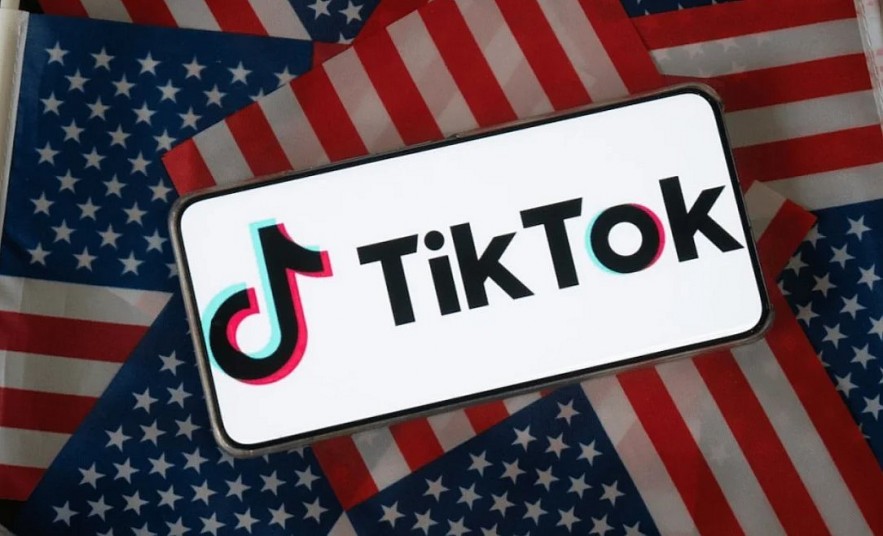 |
| TikTok to be banned in the US from Sunday |
The road ahead for TikTok is uncertain. While the app’s services are currently unavailable in the U.S., its future depends on several factors:
- ByteDance’s willingness to compromise or sell.
- Legal battles that could delay or overturn the ban.
- Political developments, including pressure from users, creators, and businesses.
For now, TikTok’s millions of U.S. users can only wait and hope for a resolution that allows the platform to return. Whether through negotiation, sale, or legal intervention, the outcome of this saga will have far-reaching implications for the tech industry and digital culture.
 What is TikTok Account of School Shooter Natalie Rupnow What is TikTok Account of School Shooter Natalie Rupnow A TikTok account allegedly linked to Wisconsin school shooter Natalie Rupnow was reportedly removed following a surge of complaints. |
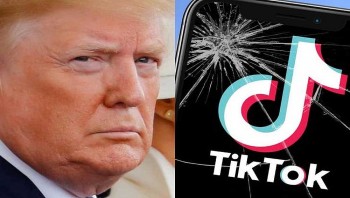 Trump Asks Supreme Court to Pause TikTok Ban Trump Asks Supreme Court to Pause TikTok Ban President-elect Donald Trump wants the Supreme Court to pause a law that could ban TikTok in the U.S. next month. |
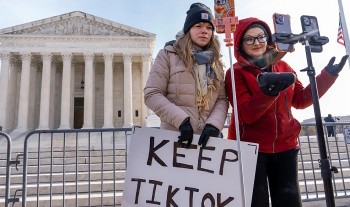 U.S. Supreme Court is Likely to Force TikTok to Sell or Shut Down U.S. Supreme Court is Likely to Force TikTok to Sell or Shut Down The U.S. Supreme Court is poised to uphold a law that mandates the Chinese parent company of TikTok, ByteDance, to either divest from the popular ... |
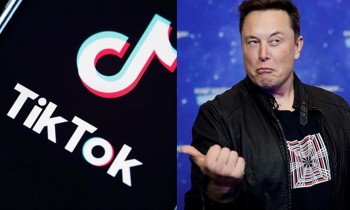 How Much Would TikTok Cost Elon Musk? $50 Billion to $60 Billion How Much Would TikTok Cost Elon Musk? $50 Billion to $60 Billion Elon Musk, the CEO of X (Twitter), may purchase TikTok or the US branch of this social media platform. How much will Musk spend on ... |



























